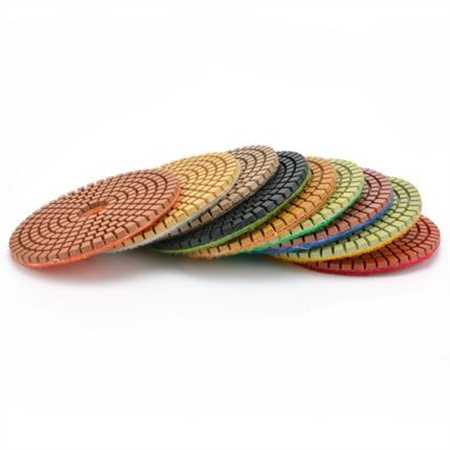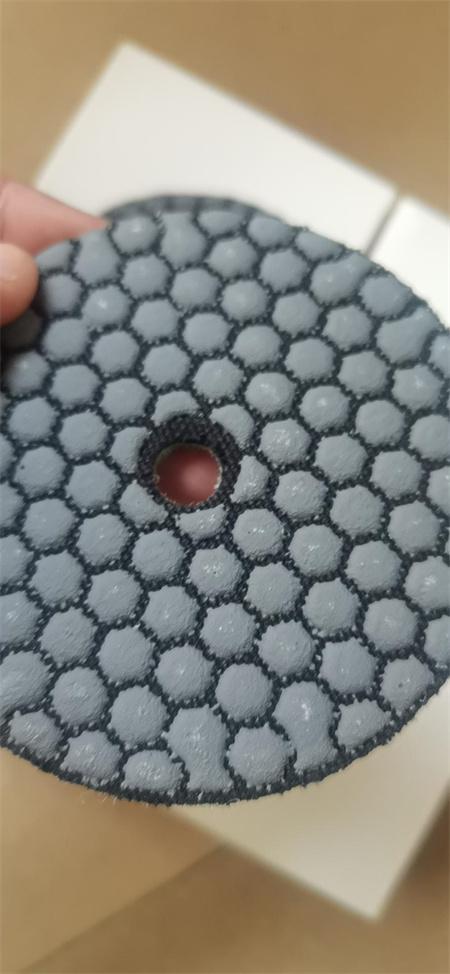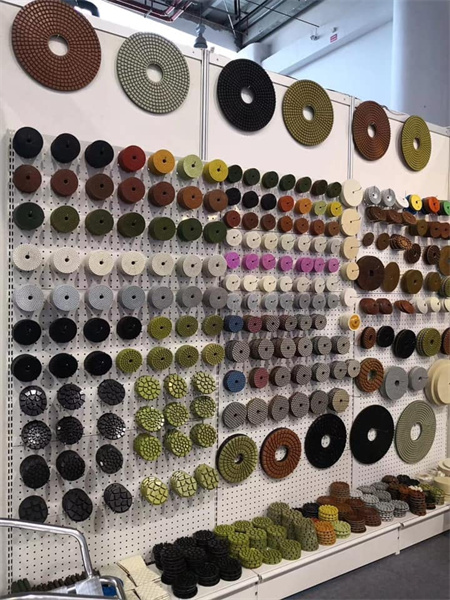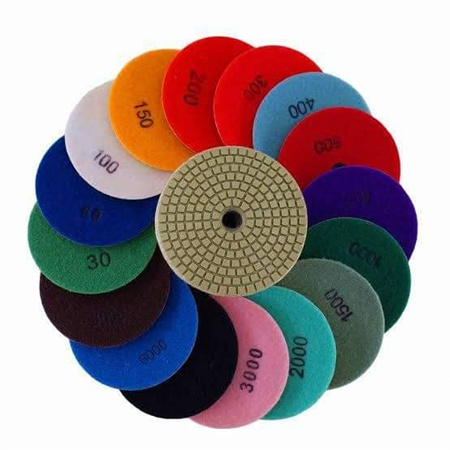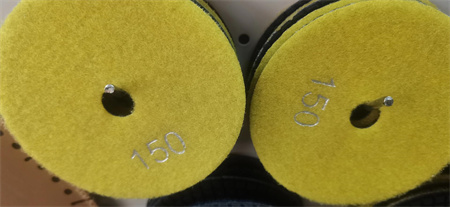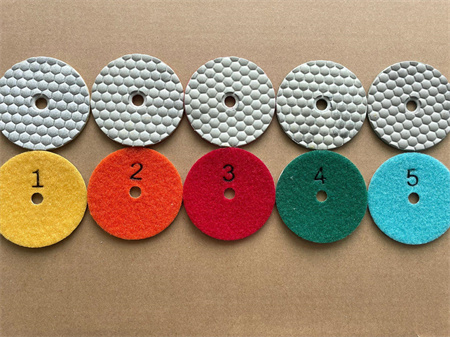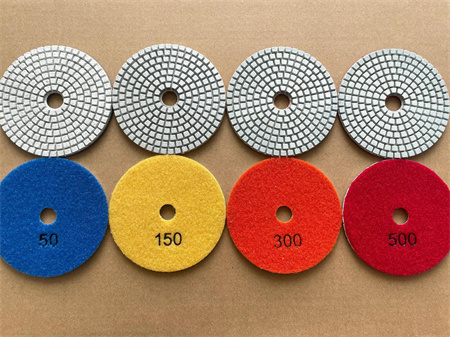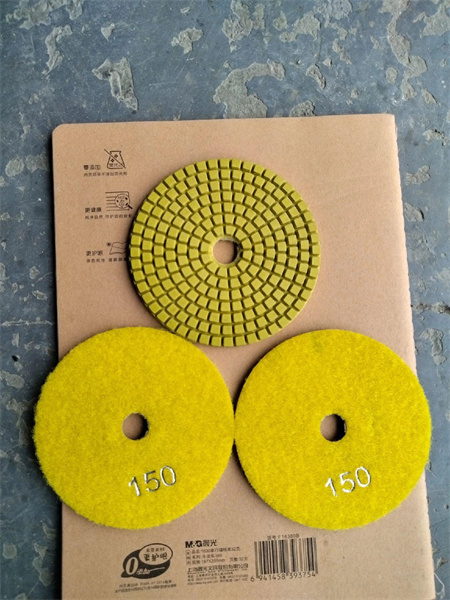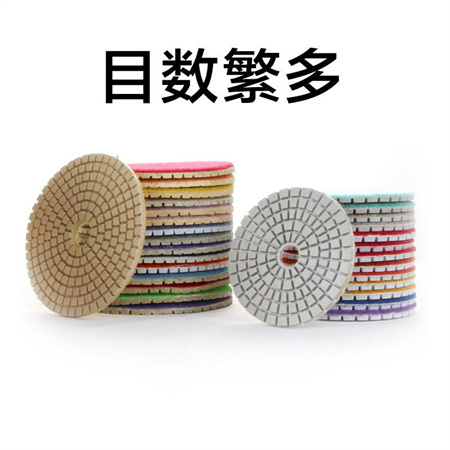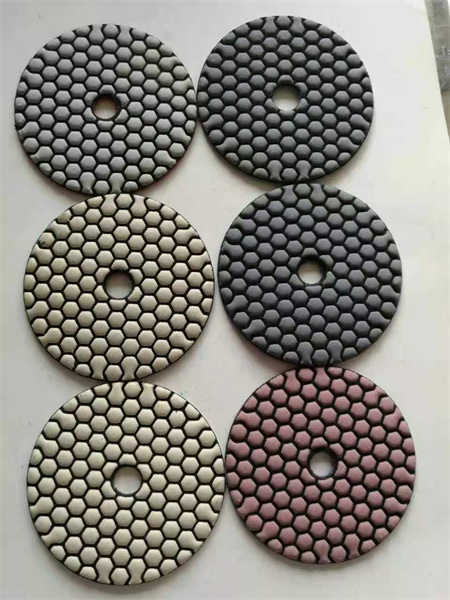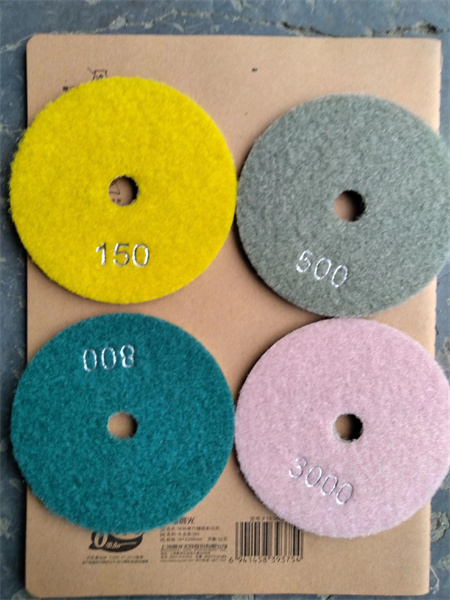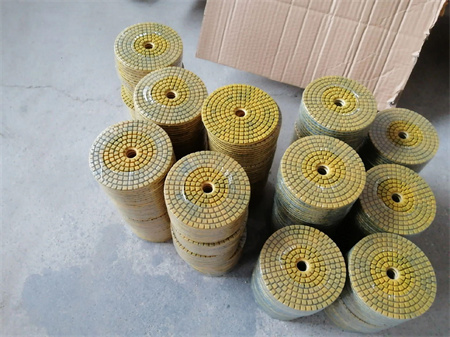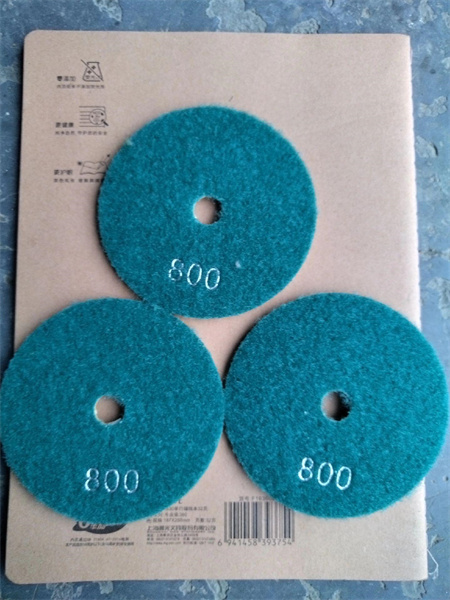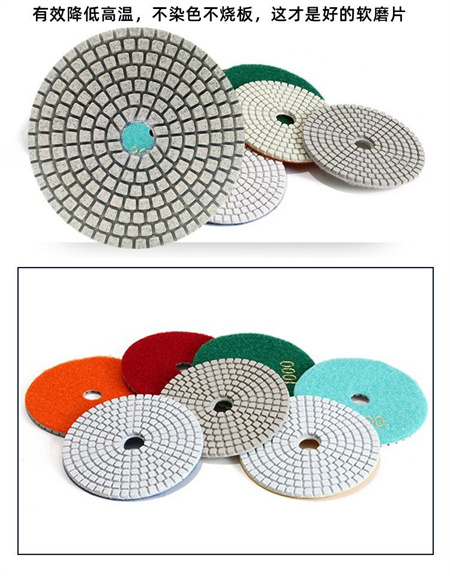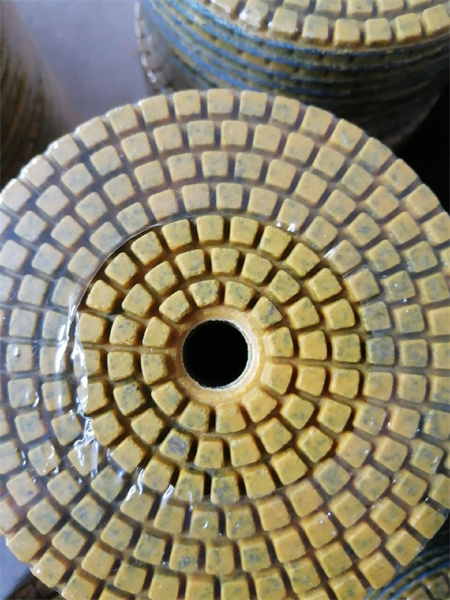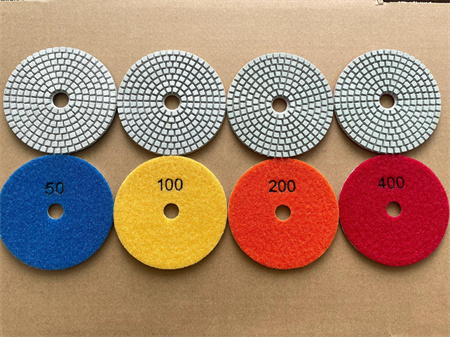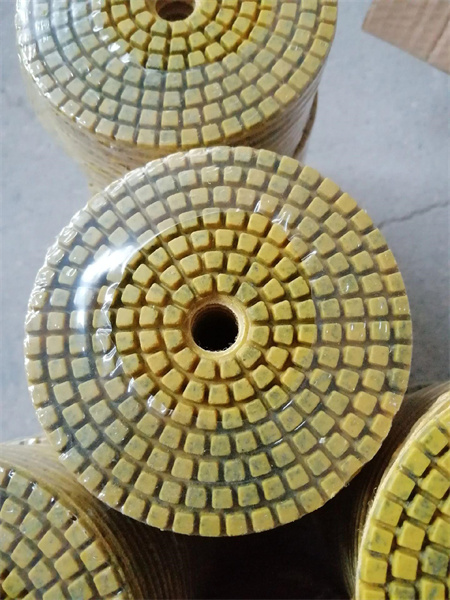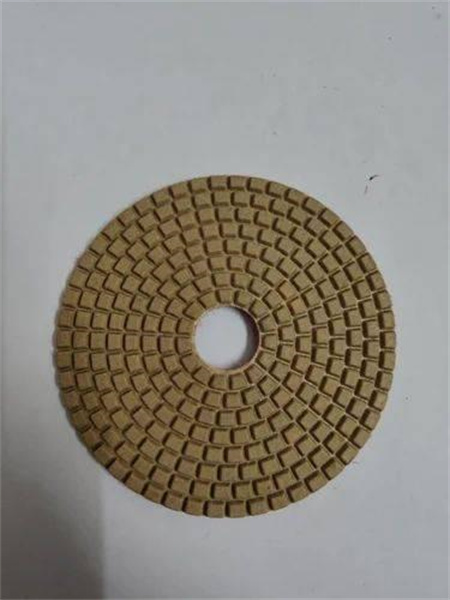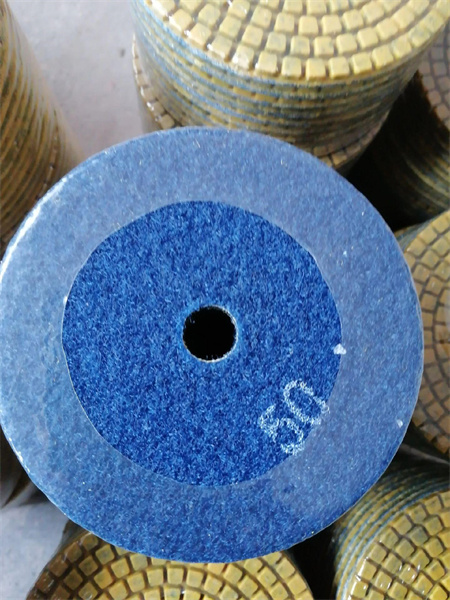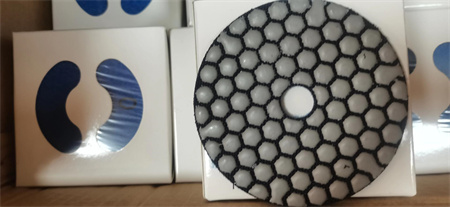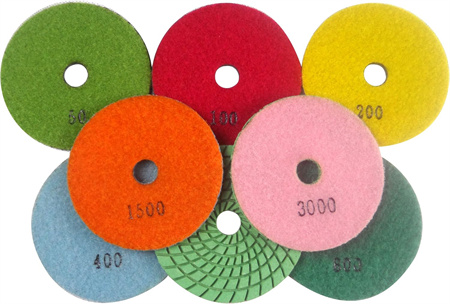China Polishing Pad Supplier for Import and Export
If you’re in the market for high-quality polishing pads, finding a reliable supplier from China is crucial. The country has long been a leader in manufacturing and exporting a wide range of products, including polishing pads used across various industries such as automotive, construction, and manufacturing. But with so many suppliers available, how do you choose the right one? Here’s why China is a go-to destination for importing and exporting polishing pads.

The Chinese market offers an impressive variety of polishing pads to meet different needs. Whether you’re looking for pads for delicate car detailing or heavy-duty industrial applications, there’s a supplier who can meet your exact specifications. What’s even better is the versatility in materials used for these pads, from foam and microfiber to wool, each designed to offer optimal performance for various surfaces and conditions.
One of the main advantages of choosing a Chinese supplier is cost-effectiveness. Due to the scale of production and advanced manufacturing technologies, China is able to offer competitive prices without compromising on the quality of the product. For importers and exporters, this creates the perfect opportunity to source top-notch products at a fraction of the cost compared to local alternatives in other regions.
Furthermore, Chinese manufacturers have a well-established track record of meeting international standards. They invest heavily in research and development, which means they’re constantly innovating and improving their products. This ensures that you get the latest technology in polishing pads, making your operations more efficient and effective. With attention to detail in design and quality control, Chinese suppliers guarantee that each pad delivered meets the highest standards.
When it comes to logistics and shipping, China has a strong infrastructure to support its vast export industry. Whether you’re located in Europe, North America, or anywhere else in the world, shipping from China is smooth and reliable. Many suppliers offer direct shipping options, helping you minimize delays and manage costs effectively. Customization options are also available, allowing you to tailor products with your brand logo or unique specifications.
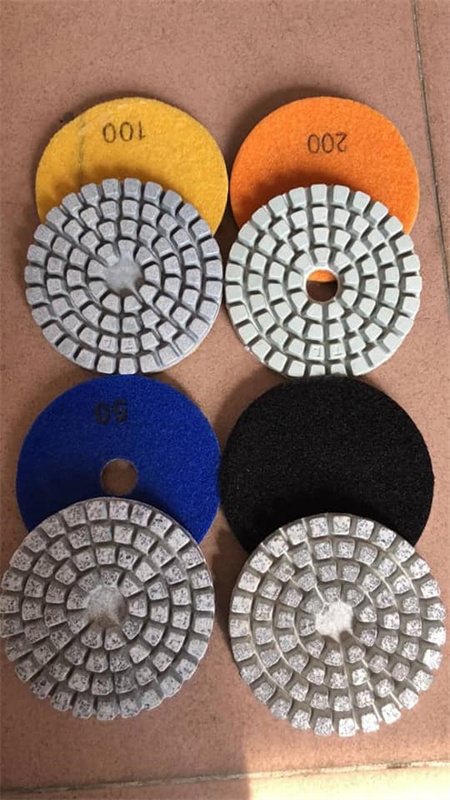
Choosing the right China polishing pad supplier is more than just about getting a good price. It’s about building a reliable partnership that ensures you consistently receive high-quality products on time. With their expertise in production and commitment to customer satisfaction, Chinese suppliers are an excellent choice for anyone looking to import or export polishing pads.
When selecting a supplier, always do your research. Check reviews, ask for samples, and ensure they align with your business’s goals and values. With the right partner, your business can thrive in the competitive polishing pad market.
